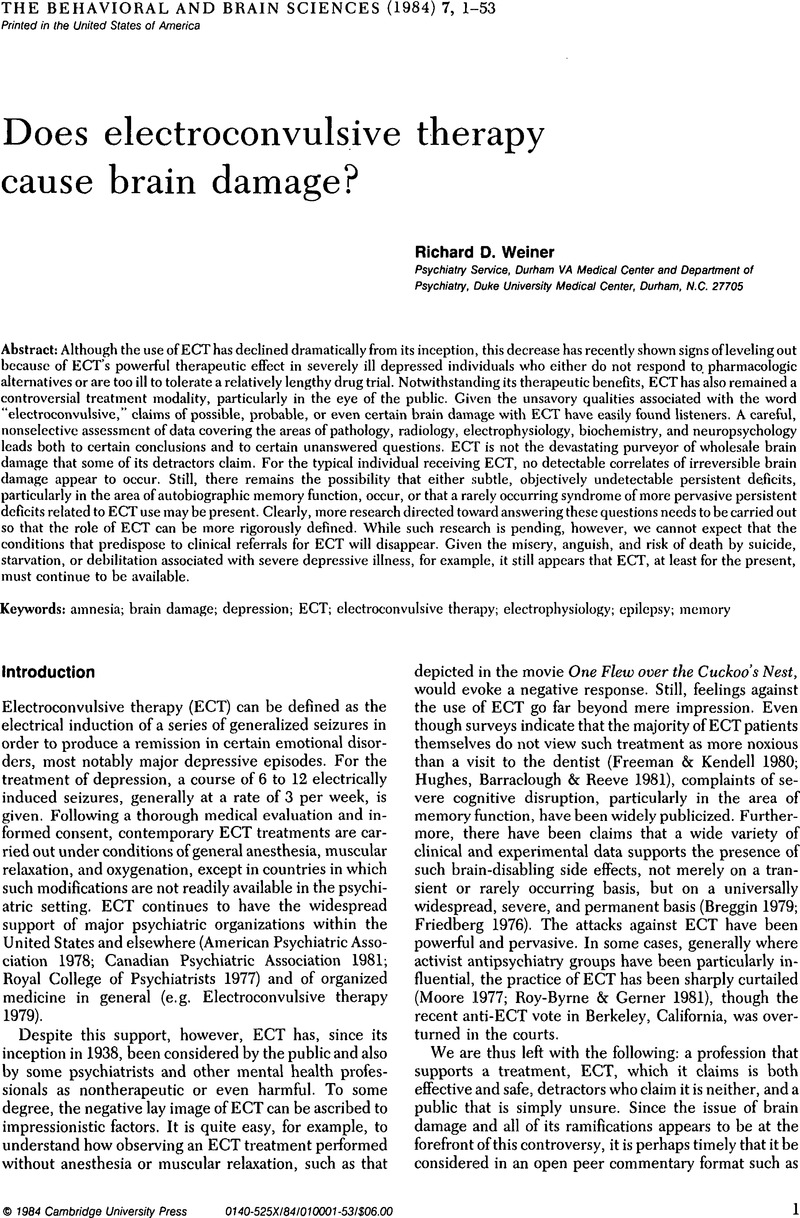Crossref Citations
This article has been cited by the following publications. This list is generated based on data provided by Crossref.
Lauritzen, L.
Odgaard, K.
Clemmesen, L.
Lunde, M.
Öhrström, J.
Black, C.
and
Bech, P.
1996.
Relapse prevention by means of paroxetine in ECT‐treated patients with major depression: a comparison with imipramine and placebo in medium‐term continuation therapy.
Acta Psychiatrica Scandinavica,
Vol. 94,
Issue. 4,
p.
241.



